Discovering the cost of constructing a racquetball court involves several key factors. From materials and labor to location and court specifications, each element plays a role in determining the final price.
We will break down these factors and provide a comprehensive overview of the expenses involved in building a racquetball court.
How Much Does It Cost to Build a Racquetball Court?
Planning to construct a racquetball court? Budgeting approximately $10,000 to $50,000 is a practical starting point, factoring in location, size, materials, labor, and extra features.
Remember, this is a general estimate and actual costs can differ, influenced by unique needs and geographic specifics. For precise figures, comprehensive research and expert advice are crucial.
What is a Racquetball Court?
A racquetball court is an indoor or outdoor sports facility designed for playing racquetball, a fast-paced racquet sport. The court features four walls, a playing area, and a front wall that usually includes a service box, a service line, and a receiving line.
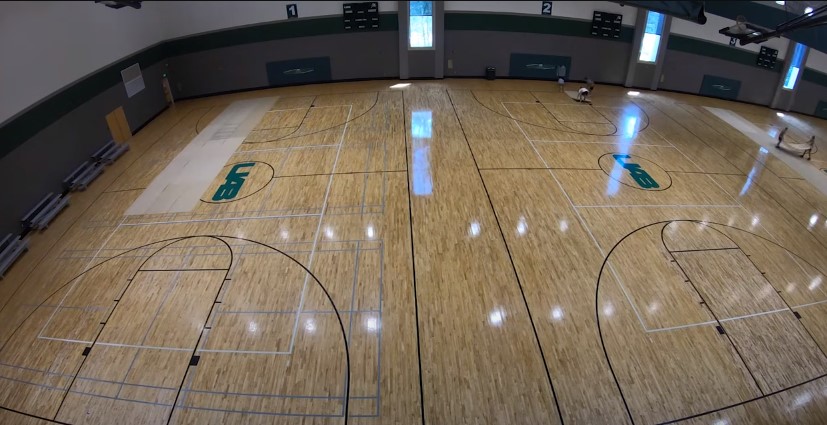
Players use racquets to hit a small rubber ball against the walls, aiming to outmaneuver their opponent and score points by making shots that the opponent can’t return within the rules.
What Materials Are Used to Build Racquetball Courts?
Constructing a racquetball court requires careful selection of materials to ensure durability, safety, and optimal playing conditions. Various components contribute to the overall structure, from the walls to the flooring. Here’s an overview of the key materials used in building racquetball courts:
Walls and Enclosure
The walls of a racquetball court are crucial for gameplay and safety. Typically made of materials like concrete, masonry, or specialty wallboard, these walls must withstand the impact of the ball and player movements.
The front wall, which includes the playing surface, may feature a solid material like Plexiglass or tempered glass that allows visibility while protecting players from direct contact with the ball.
Flooring
The flooring material in a racquetball court plays a significant role in player comfort, traction, and shock absorption. Hardwood flooring is commonly used due to its resilience, providing a solid and stable surface for players to move on.

However, other options like synthetic surfaces or rubber flooring are also employed to offer different levels of grip and impact absorption.
Ceiling
The ceiling material in a racquetball court must allow for proper lighting and acoustics. Materials like acoustic ceiling tiles or panels are utilized to control sound and create a conducive environment for gameplay.
Adequate lighting is vital for clear visibility, and specialized lighting fixtures are installed to eliminate shadows and ensure uniform illumination across the court.
Paint and Markings
Lines, markings, and color-coded areas are essential for defining court boundaries and gameplay rules. Durable and non-slip paint is used to create these markings on the flooring.
This includes the service box, service line, and receiving line on the front wall, all of which contribute to the strategic dynamics of the game.
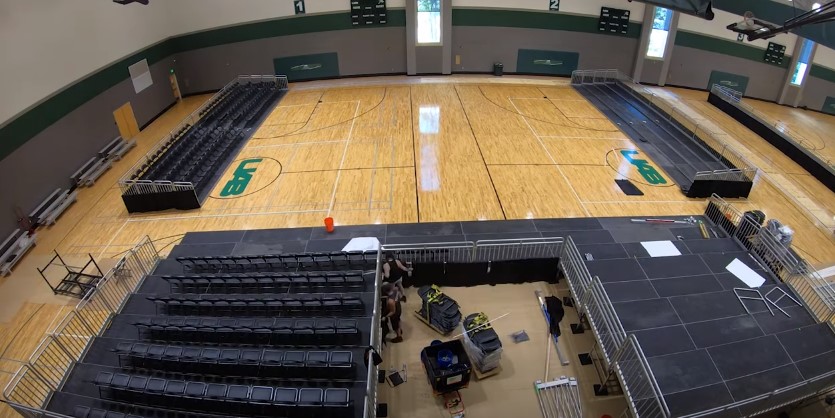
Ventilation and Insulation
Proper ventilation is essential to maintain a comfortable playing environment and prevent the buildup of humidity and odors. Ventilation systems, including fans and air exchange systems, are often integrated into racquetball court designs.
Additionally, insulation materials help regulate temperature and noise levels, enhancing the overall experience for players.
Factors That Affect the Cost of Building a Racquetball Court
The cost of building a racquetball court can vary widely based on several factors that influence the overall expenses. From location to court specifications, each element plays a role in determining the final price.
Here’s a breakdown of the key factors that can affect the cost of constructing a racquetball court:
Location and Site Preparation
The geographical location where the racquetball court will be built can significantly impact the cost. Factors such as land prices, local building regulations, and accessibility to construction materials can all influence the overall expenses.
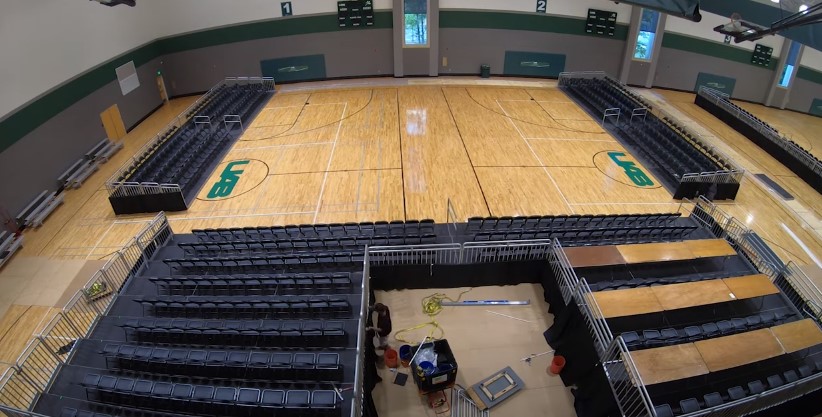
Additionally, site preparation costs, including clearing, grading, and leveling the area, can vary based on the terrain and existing conditions.
Size and Dimensions
The size of the racquetball court directly affects the cost of construction. Larger courts require more materials, including walls, flooring, and paint. Furthermore, court dimensions must adhere to official standards to ensure fair gameplay, which can influence construction precision and costs.
Materials Selection
The choice of materials for the walls, flooring, and other components of the court can impact both the quality and the cost. Premium materials like tempered glass for the front wall or high-quality hardwood for the flooring [1] can raise the overall expenses.
Conversely, using more cost-effective alternatives may lead to lower upfront costs.
Labor Costs
Labor costs can vary based on location, availability of skilled workers, and the complexity of the construction process. Highly skilled labor is essential for ensuring accurate court dimensions, proper installation of materials, and the overall quality of the final product.
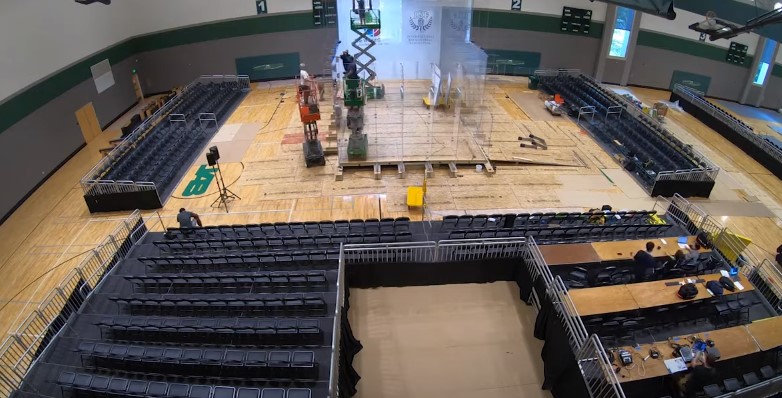
Additional Features
Incorporating extra features into the racquetball court can add to the cost. These may include amenities like seating areas, viewing platforms, locker rooms, or fitness facilities. The complexity and scale of these features contribute to the overall expenses.
Lighting and Utilities
Proper lighting is crucial for racquetball gameplay. The type of lighting fixtures and their energy efficiency can influence costs. Additionally, utilities such as ventilation, heating, and cooling systems impact player comfort and the overall functionality of the court.
Site Access and Logistics
The ease of transporting construction materials to the site and the accessibility of construction equipment can affect costs. Difficult terrain or limited access may require additional resources and time, potentially leading to higher expenses.
Permits and Approvals
Obtaining the necessary permits and approvals from local authorities is an essential part of the construction process. Fees associated with permits and any required inspections can contribute to the overall cost.
Design Complexity
The architectural design and complexity of the racquetball court can influence costs. Intricate designs may require more labor and resources to achieve, potentially increasing construction expenses.
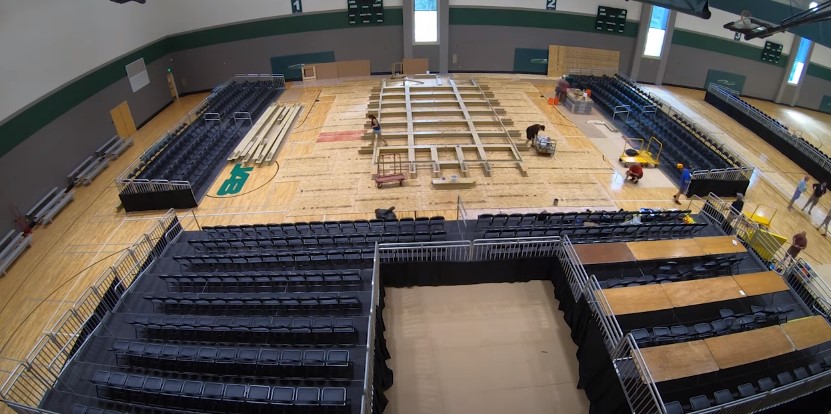
How to Save Money in Building a Racquetball Court?
Constructing a racquetball court can be a significant investment, but there are strategies to manage expenses without compromising quality. By carefully considering various aspects of the construction process, you can effectively save money while still creating a functional and enjoyable playing space.
Here’s a breakdown of tactics to help you save money in building a racquetball court:
Optimal Material Selection
Choose materials that strike a balance between quality and cost. While premium materials may seem appealing, exploring cost-effective alternatives can reduce expenses without sacrificing durability and safety. Consult with construction professionals to identify suitable options.
Efficient Design
Keep the court design streamlined and functional. Complex architectural features can inflate costs due to increased labor and material requirements. Prioritize essential elements that enhance gameplay and safety while avoiding unnecessary embellishments.
Standard Dimensions
Adhere to official racquetball court dimensions. Deviating from standard measurements might result in additional construction efforts and costs to accommodate custom sizes.
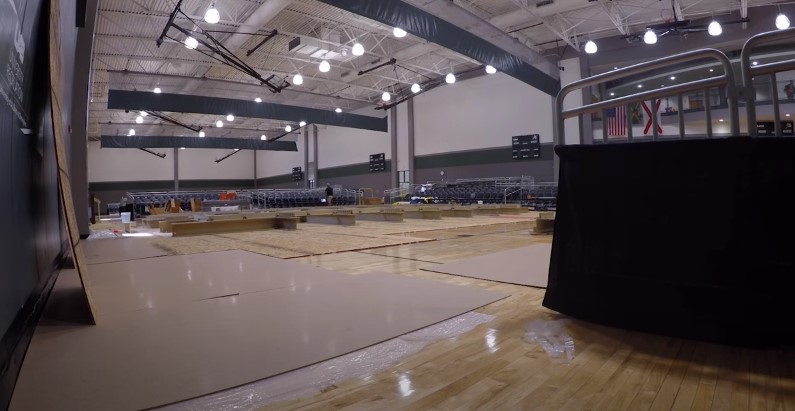
Standard dimensions also ensure fair gameplay and compatibility with tournament regulations.
DIY and Volunteer Efforts
Depending on your expertise, consider tackling certain tasks yourself or involving volunteers from your community. Simple tasks like painting lines, installing fixtures, or even minor landscaping can be accomplished with proper guidance and supervision.
Budget Planning
Create a detailed budget that outlines expenses for each phase of construction. Overestimating costs in your budget can provide a financial buffer, while tracking expenses can help identify potential areas for cost-cutting.
Comparative Bidding
Obtain quotes from multiple contractors and suppliers. Comparative bidding allows you to evaluate different offers and negotiate more favorable terms, ensuring you receive competitive pricing.
Site Analysis
Conduct a thorough site analysis before construction begins. Identifying any potential challenges, such as difficult terrain or utility access issues, can help avoid costly surprises later in the project.
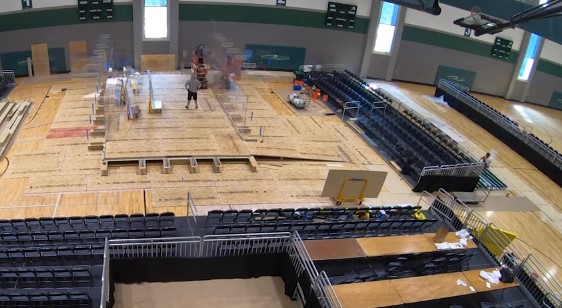
Sustainable Practices
Incorporate sustainable practices that reduce long-term operational costs. Energy-efficient lighting, insulation, and HVAC systems can lower utility expenses over time, offsetting the initial investment.
Reuse and Recycle
Whenever possible, repurpose existing materials or source reclaimed items. This approach not only reduces waste but also lowers material acquisition costs.
Phased Construction
If budget constraints are a concern, consider phasing the construction process. This allows you to complete the project in stages, spreading out costs over a longer period and giving you more time to secure funds.
DIY Landscaping
Landscaping can significantly impact the overall aesthetics of the court. Opt for low-maintenance landscaping that you can manage yourself, avoiding the need for ongoing professional maintenance.
Local Resources
Source materials and labor locally whenever possible. This can potentially reduce transportation costs and support the local economy.
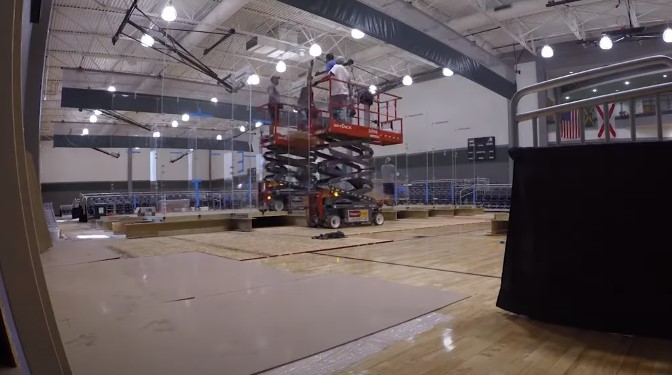
How Long Does It Take to Build a Racquetball Court?
The timeline for building a racquetball court varies based on factors like design complexity, site preparation, and weather conditions. On average, the construction process can take anywhere from a few weeks to several months.
Simple outdoor courts might be completed faster, while indoor courts with intricate designs or challenging site conditions may require more time for planning, permitting, and construction.
Can You Save Money by Building Your Own Racquetball Court?
While building your racquetball court might initially seem cost-effective, it can lead to unforeseen challenges and expenses. Design precision, acquiring proper permits, and adhering to regulations demand expertise. Mistakes could incur higher costs for corrections.
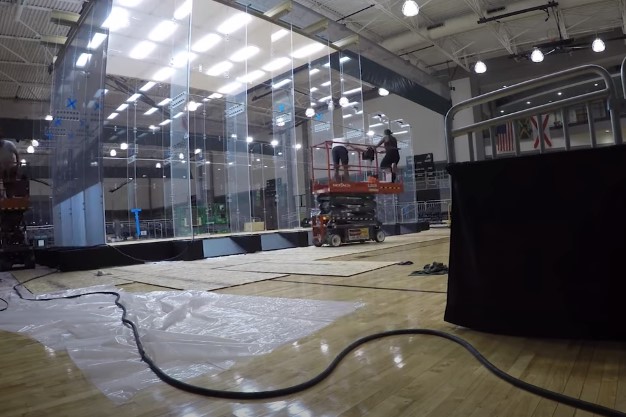
Hiring professionals ensures efficient design, quality construction, and adherence to safety standards. While involving volunteers for simple tasks can help, entrusting the project to experienced contractors is more likely to result in a successful, cost-efficient racquetball court construction.
Conclusion
In the end, the cost of building a racquetball court hinges on location, size, materials, labor, and added features. A ballpark estimate might range from $10,000 to $50,000, but specifics matter.
Detailed research, expert advice, and a clear understanding of individual needs are essential for obtaining an accurate and personalized cost assessment.

